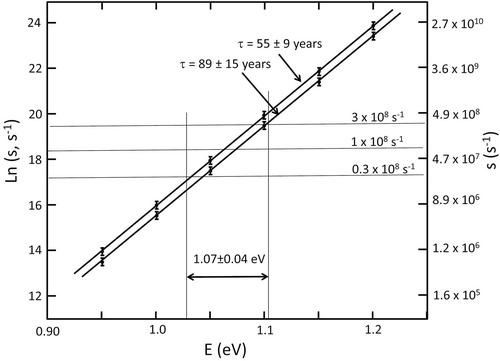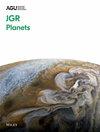Thermoluminescence and Apollo 17 ANGSA Lunar Samples: NASA's Fifty-Year Experiment and Prospecting for Cold Traps
Abstract
By placing Apollo 17 regolith samples in a freezer, and storing an equivalent set at room temperature, NASA effectively performed a 50-year experiment in the kinetics of natural thermoluminescence (TL) of the lunar regolith. We have performed a detailed analysis of the TL characteristics of four regolith samples: a sunlit sample near the landing site (70180), a sample 3 m deep near the landing site (70001), a sample partially shaded by a boulder (72320), and a sample completely shaded by a boulder (76240). We find evidence for a total of eight discrete TL peaks, five apparent in curves for samples in the natural state and seven in samples irradiated in the laboratory at room temperature. For each peak, we suggest values for peak temperatures and the kinetic parameters E (activation energy, i.e. “trap depth,” eV) and s (Arrhenius factor, s−1). The lowest natural TL peak in the continuously shaded sample 76240 dropped in intensity by 60 ± 10% (1976 vs. present room temperature samples) and 43 ± 8% (freezer vs. room temperature samples) over the 50-year storage period, while sunlit and partially shaded samples (70001, 70180, 72321, 72320) showed no change. These results are consistent with the E and s parameters we determined. The large number of peaks, and the appearance of additional peaks after irradiation at room temperature, and literature data, suggest that glow curve peaks are present in lunar regolith at ∼100 K and their intensity can be used to determine temperature and storage time. Thus, a TL instrument on the Moon could be used to prospect for micro-cold traps capable of the storage of water and other volatiles.


 求助内容:
求助内容: 应助结果提醒方式:
应助结果提醒方式:


